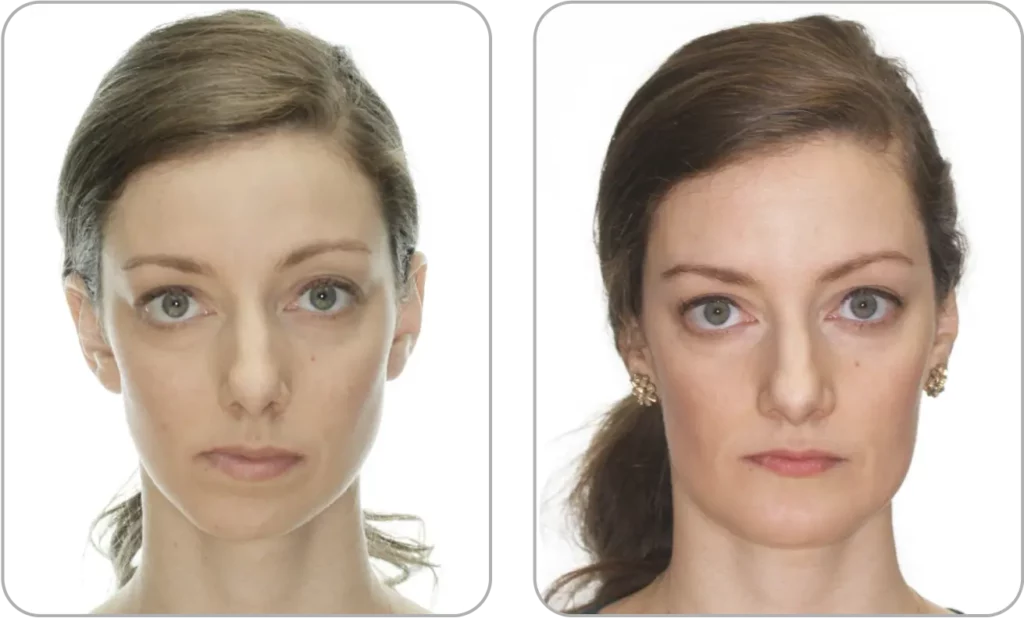
Condition
Condylar Hypoplasia Type 2
Condylar Hypoplasia Type 2 is a condition characterized by the unilateral overgrowth of a part of the jaw. Usually caused by a benign tumor called an osteochondroma on one condyle of the mandible. It consists of a bony projection covered by a cartilage cap and can cause pain, swelling, and limited range of motion in the affected area. It can develop at any age although more often during adolescence. The growth process can continue indefinitely, with progressive worsening of the facial asymmetry. It can result in asymmetry of the jaw, facial deformities, and malocclusion.
Common Symptoms
Individuals with this condition may experience facial asymmetry, misalignment of the upper and
lower teeth, restricted ability to fully open or close the mouth, discomfort in the
temporomandibular joint, difficulties with speech, chewing, and possible psychological effects
due to the discomfort.
Procedure Performed
Lefort 1 Segmental Osteotomy. Bilateral Total Joint Replacement (TJR). Genioplasty.
About This Patient
During a routine dental appointment, she was informed that she needed surgery. She was surprised because she was not in any pain. Dr. Movahed diagnosed her with mandibular condylar hyperplasia. He performed bilateral jaw joint replacement and employed stabilizers to realign her upper and lower jaw.
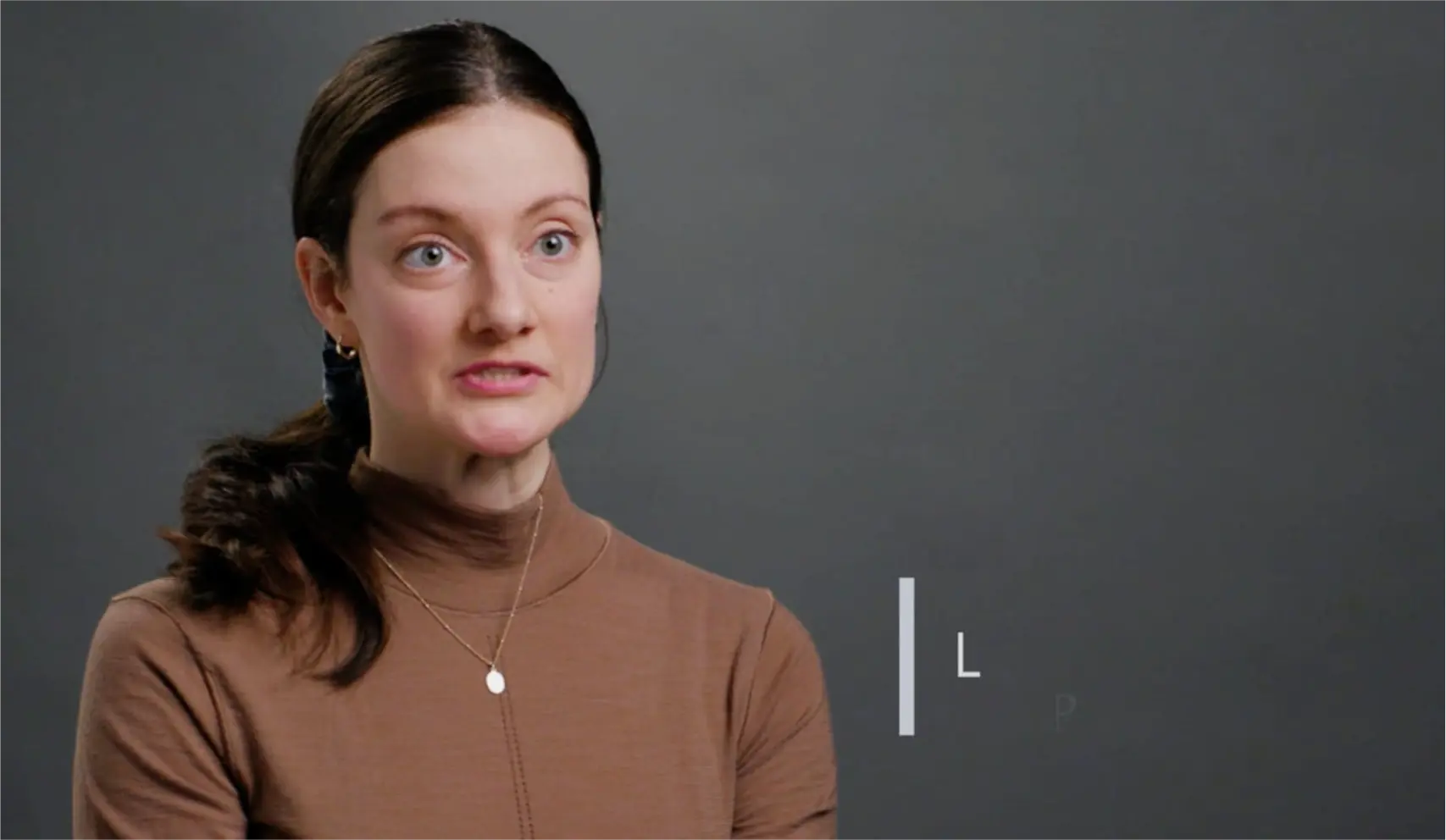
Play Video
In This Video
Laura got x-rays during a routine dental appointment, her Dentist ended up telling her she may need surgery. He recommended Dr. Movahed. One condyle had been growing due to a benign bone tumor and had been damaging the joint on the other side of her face. Dr. Movahed removed the benign bone tumor and did a total joint replacement. She is very satisfied with the results and expands more on her experience in the video.
VIRTUAL SURGICAL PLANNING - PREOPERATIVE POSITION

VIRTUAL SURGICAL PLANNING - FINAL POSITION
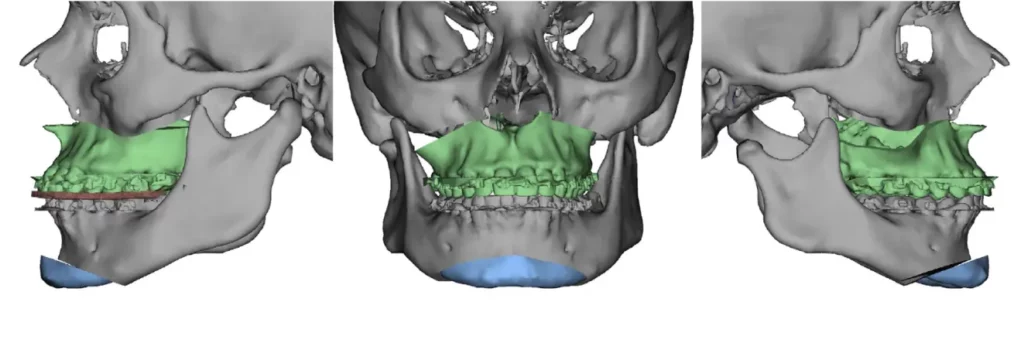
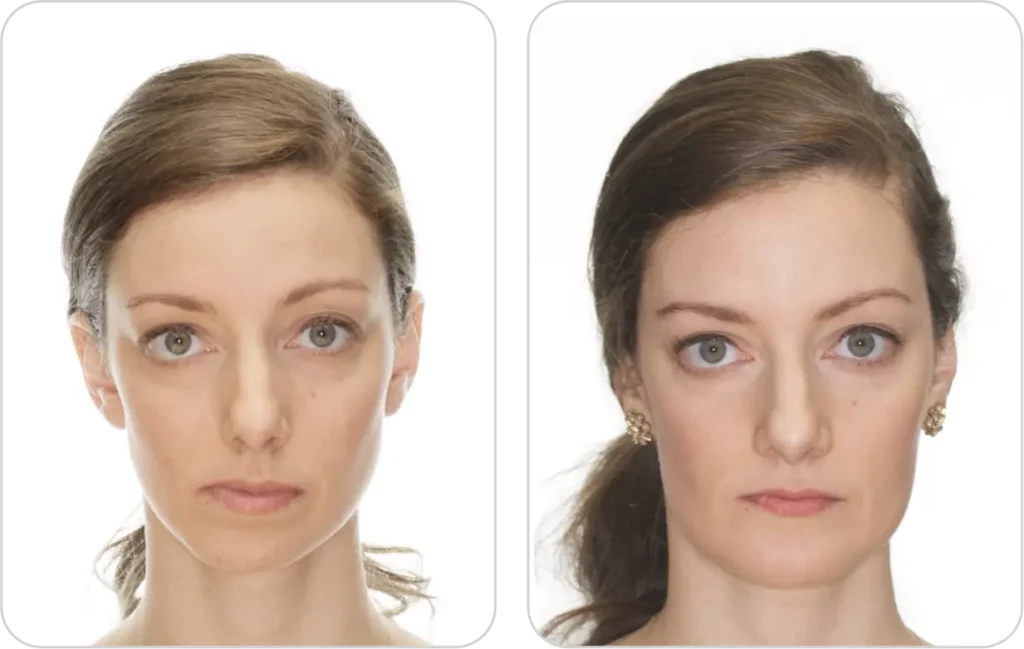
Before
After
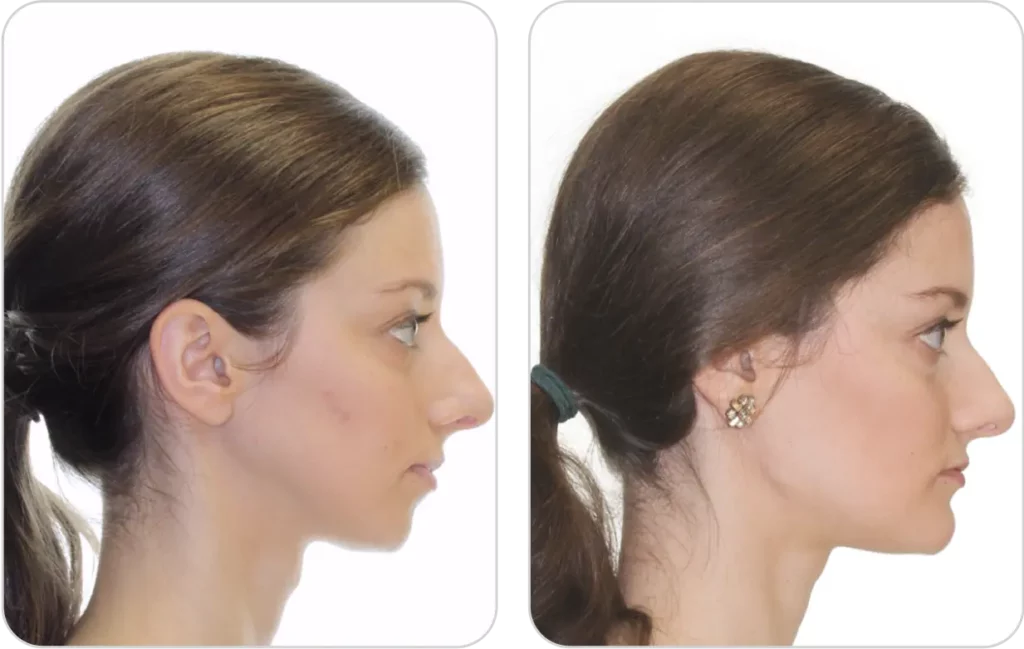
Before
After
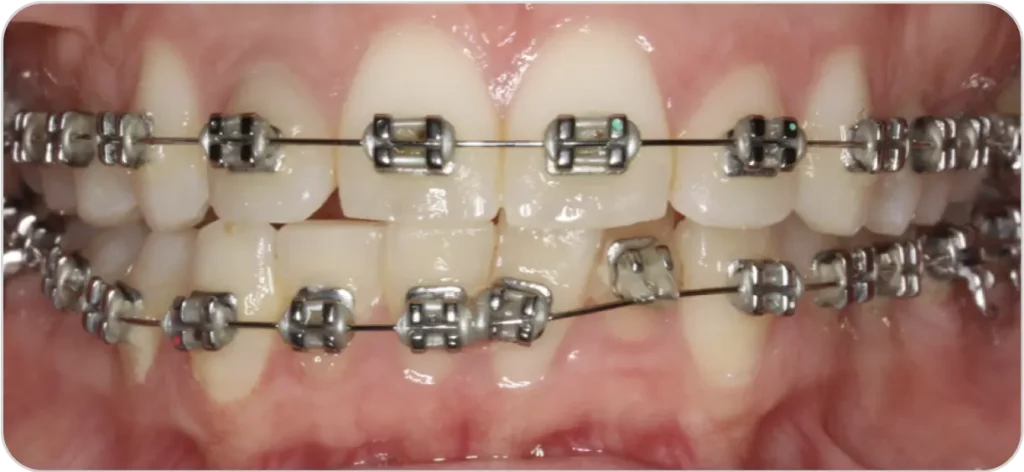
Before Occlusion
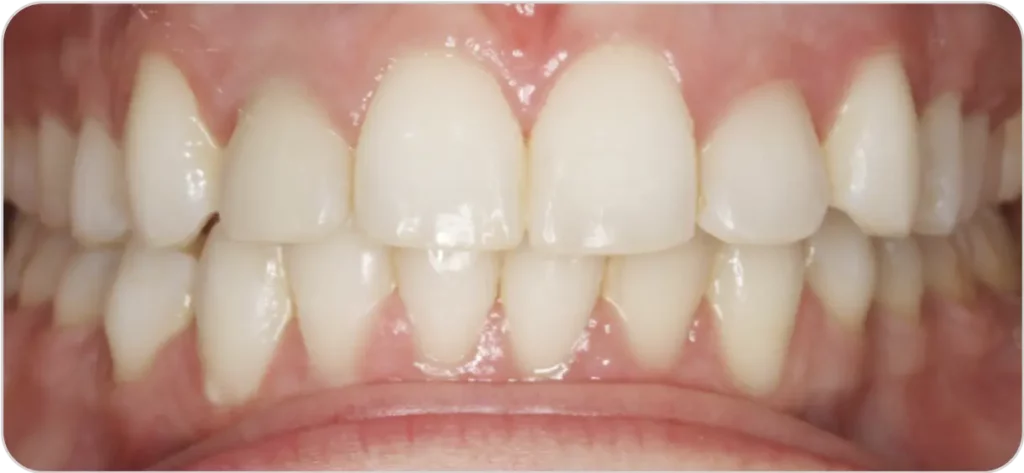
After Occlusion
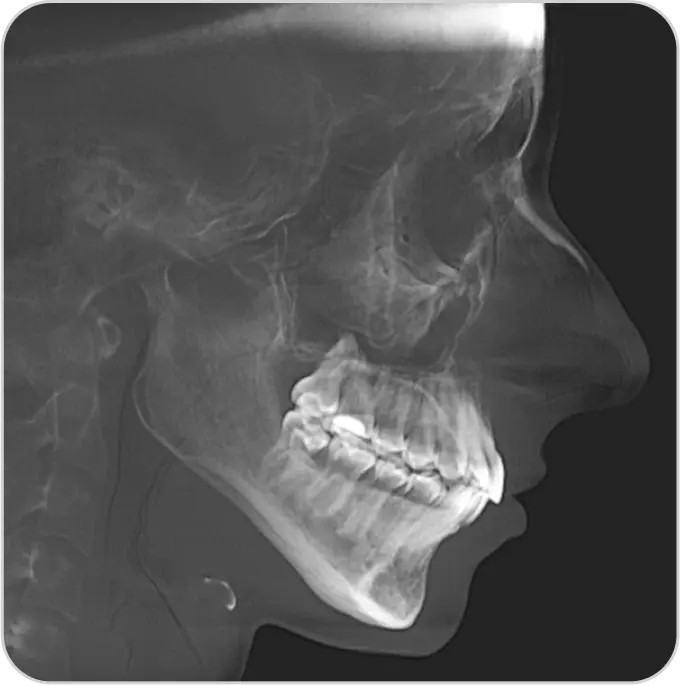
Before Surgery
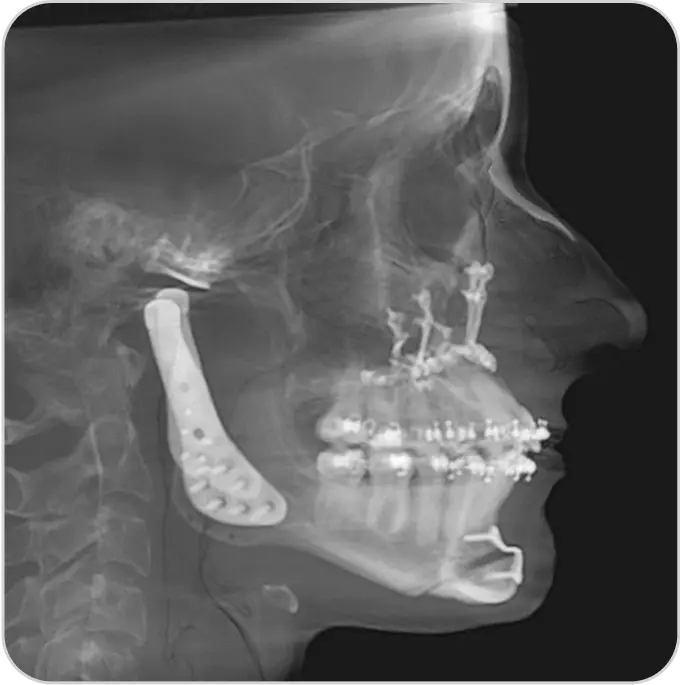
After Surgery
Dr. Movahed’s Thoughts...

Play Video
“In this video, Dr. Movahed talks about initially meeting Laura’s family during a traumatic situation involving her father’s panfacial fracture. Years later, as Laura learned about Dr. Movahed’s practice, she approached him regarding her facial asymmetry. Despite time constraints, they decided to proceed with upper jaw and joint surgery just three months before her wedding. The surgery was a success, and Laura, now 6-7 years post-op, is thriving. Dr. Movahed reflects on the memorable experience of helping her regain confidence and symmetry.”
